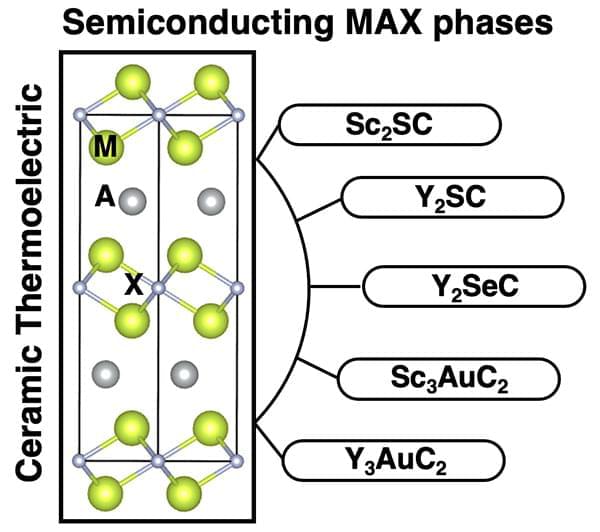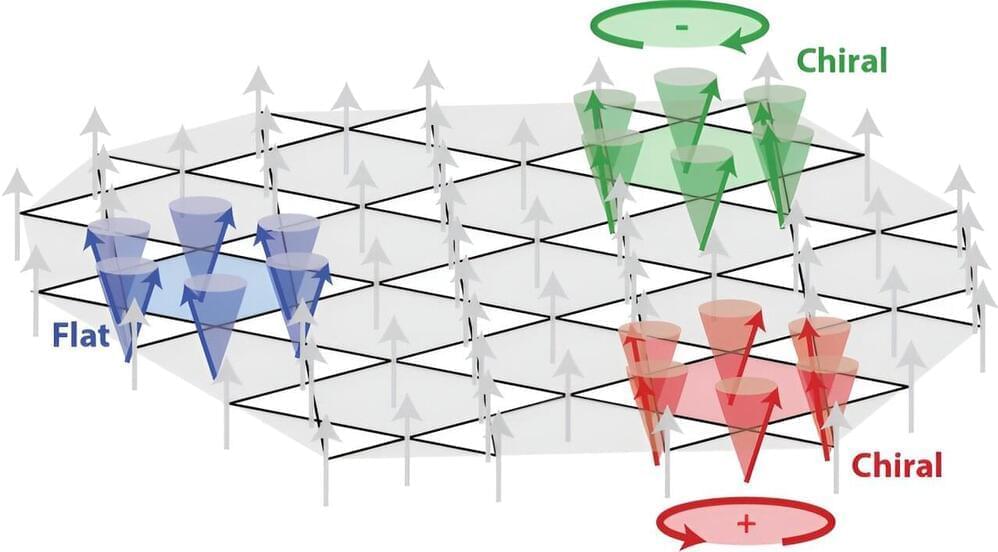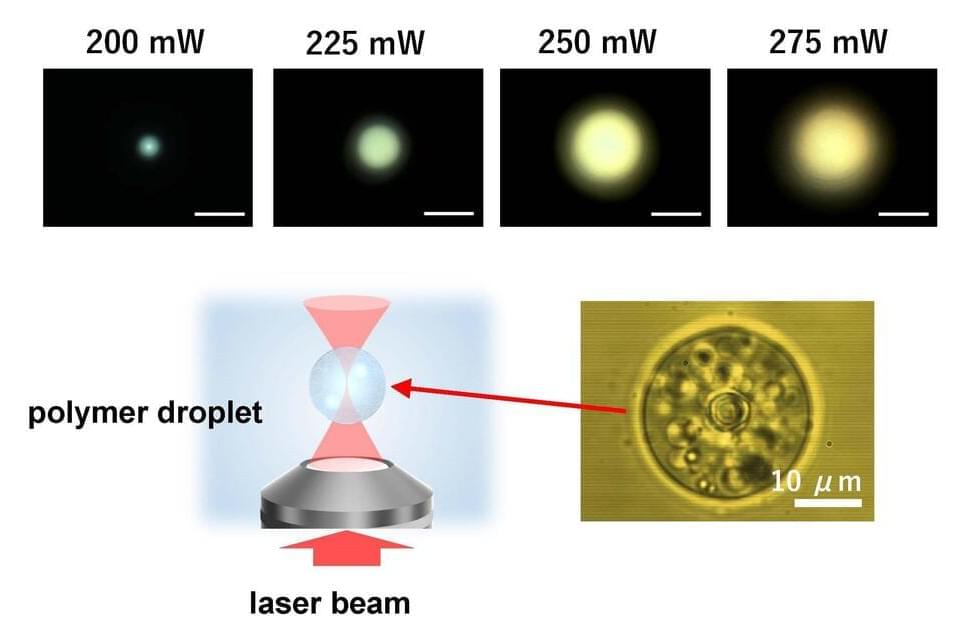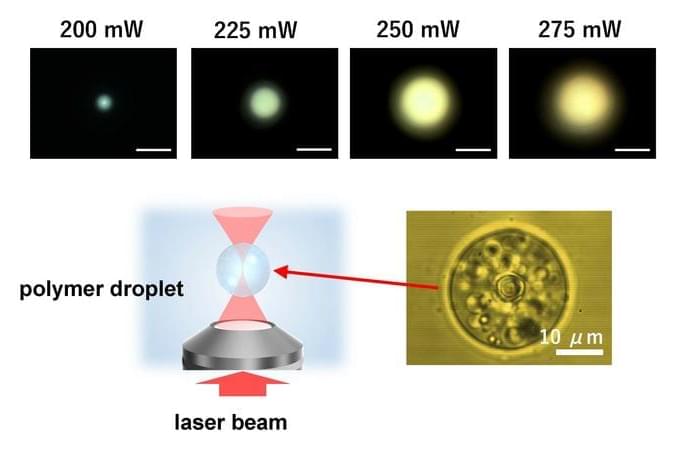Bioengineers demonstrated that an ATP biosensor can be used to reveal microbial energetic dynamics and facilitate bioproduction.


The ATLAS Experiment at CERN has made two years’ worth of scientific data available to the public for research purposes. The data include recordings of proton–proton collisions from the Large Hadron Collider (LHC) at a collision energy of 13 TeV.
This is the first time that ATLAS has released data on this scale, and it marks a significant milestone in terms of public access and utilization of LHC data.
“Open access is a core value of CERN and the ATLAS Collaboration,” says Andreas Hoecker, ATLAS Spokesperson. “Since its beginning, ATLAS has strived to make its results fully accessible and reusable through open access archives such as arXiv and HepData. ATLAS has routinely released open data for educational purposes. Now, we’re taking it one step further—inviting everyone to explore the data that led to our discoveries.”

MIT physicists have developed a new form of graphene, creating a five-lane electron superhighway that allows for ultra-efficient electron movement without energy loss.
This breakthrough in rhombohedral pentalayer graphene could transform low-power electronic devices and operates via the quantum anomalous Hall effect at zero magnetic field.
MIT physicists and their collaborators have created a five-lane superhighway for electrons that could allow ultra-efficient electronics and more.



“People are always searching for chiral ground states,” McQueeney said. “The reason we use the concept of quasiparticle here is because it is a way of transmitting energy or information, like an electron is a quasiparticle, and we can send it from point A to point B, carrying some information.
A chiral quasiparticle would have other attributes to it. It would have a handedness, for example, and so you could think about novel ways to, say, transmit information from point A to point B, which didn’t involve moving a charge, but moving some chiral signal.
Discovering this new chiral excitation was especially exciting for McQueeney, You don’t expect it to be there, he said. And we still don’t understand why it’s there. As a matter of fact, we’re setting up other experiments to look for it in other materials.


Hydrogen offers significant potential as both a chemical and energy carrier for decarbonizing society. Unlike traditional fuels, using hydrogen does not produce carbon dioxide. However, most hydrogen currently produced derives from methane, a fossil fuel, through a process called methane reforming, which unfortunately emits a considerable amount of carbon dioxide. Consequently, developing scalable alternatives for producing green hydrogen is essential.
Water electrolysis offers a path to generate green hydrogen which can be powered by renewables and clean electricity. This process needs cathode and anode catalysts to accelerate the otherwise inefficient reactions of water splitting and recombination into hydrogen and oxygen, respectively. From its early discovery in the late 18th century, the water electrolysis has matured into different technologies. One of the most promising implementations of water electrolysis is the proton-exchange-membrane (PEM), which can produce green hydrogen by combining high rates and high energy efficiency.

A novel technique with potential applications for fields such as droplet chemistry and photochemistry has been demonstrated by an Osaka Metropolitan University-led research group.
The findings were published in Advanced Optical Materials (“Förster Resonance Energy Transfer Control by Means of an Optical Force”).
Professor Yasuyuki Tsuboi of the Graduate School of Science and the team investigated Förster resonance energy transfer (FRET), a phenomenon seen in photosynthesis and other natural processes where a donor molecule in an excited state transfers energy to an acceptor molecule.

Earth’s H2O is 97 percent seawater, and most of the remaining 3 percent is inaccessible, frozen in glaciers or permafrost. Only a small portion, about half of a percent, exists as freshwater in aquifers and rivers that humans can tap into. A process called, however, allows us to dip into the oceans to satisfy our thirst.
Desal has been around for decades and is used to make both seawater and salty groundwater drinkable. But scientists think that it will become increasingly important in a warmer, drier future. In a recent UN-led review, researchers stated that “‘conventional’ sources of water such as rainfall, snowmelt and river runoff captured in lakes, rivers, and aquifers are no longer sufficient to meet human demands in water-scarce areas.”
During a media roundtable at the 2019 American Geophysical Union conference, Peter Fiske, director of the Water-Energy Resilience Research Institute at Lawrence Berkeley National Laboratory, discussed why we might need to more strongly consider this technology—at times written off for its high costs and energy use—to stabilize water supplies in the future. Here’s what you need to know.